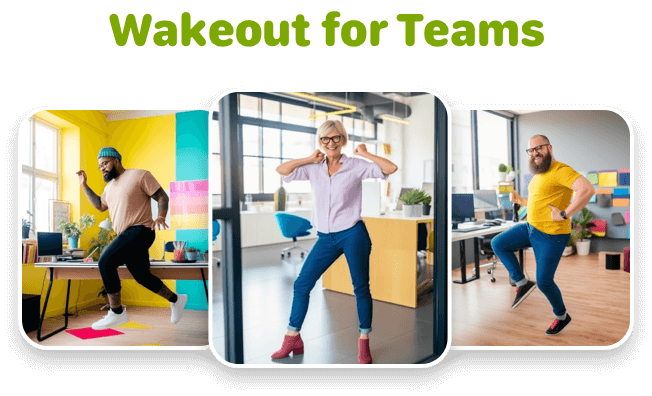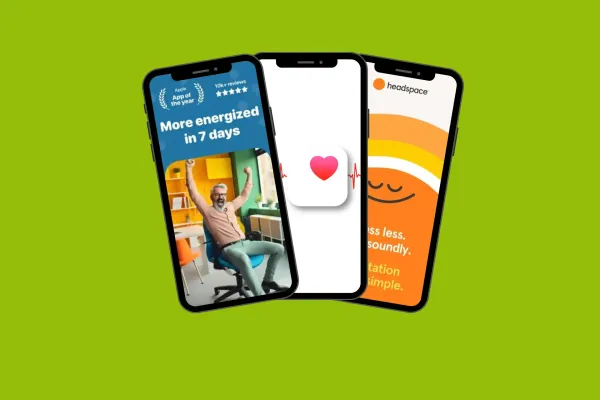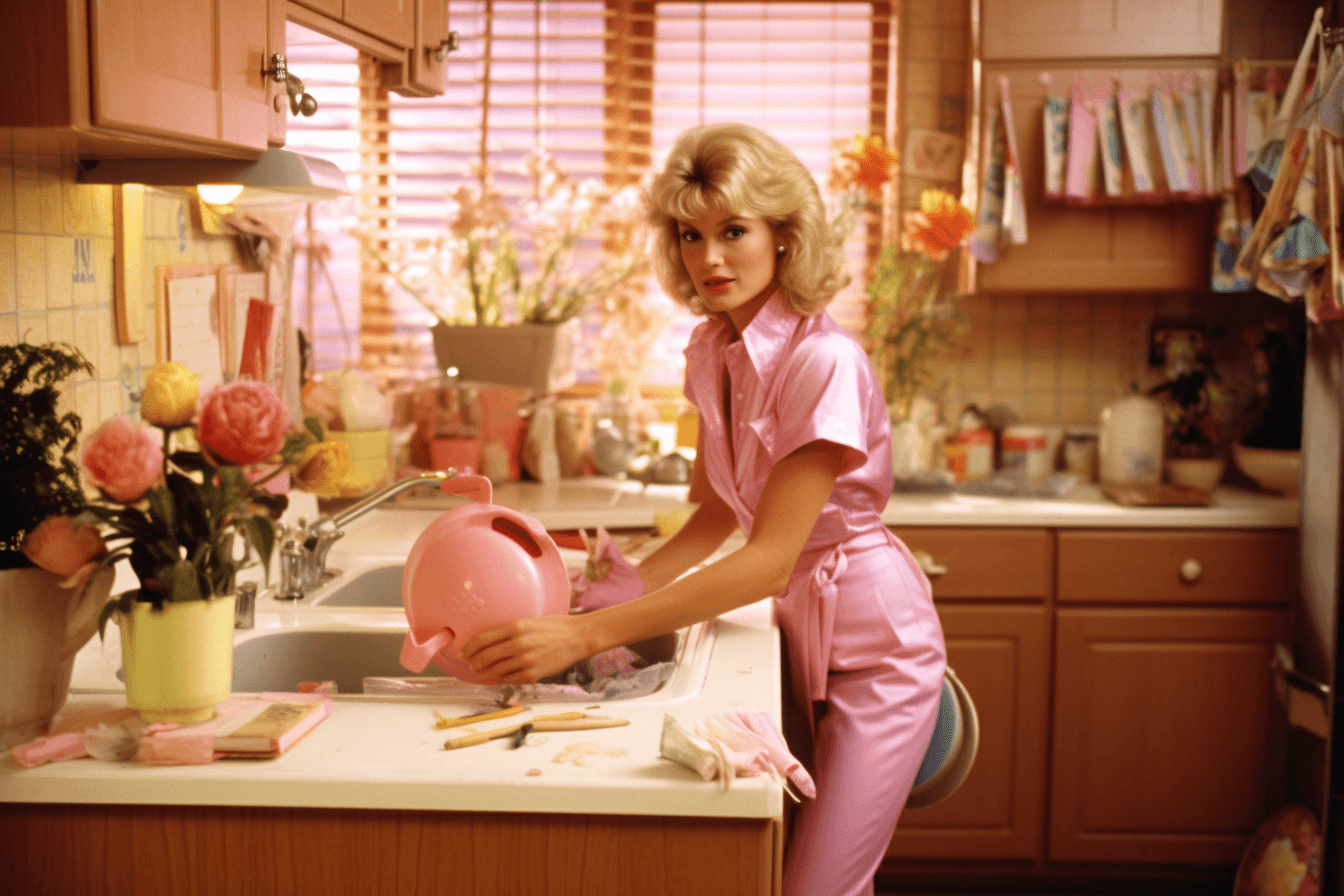Listen to this article
The term ‘burnout’ has been around for quite a while. It’s also global. That’s because this occupational phenomenon is worldwide. Even the World Health Organization (WHO) has declared that burnout syndrome a health problem for which it plans:
“To embark on the development of evidence-based guidelines on mental well-being in the workplace.”
WHO is clear that burnout is not a medical condition. You may hear the term ‘burnout’ being used for other aspects of life besides work-related stress. Nope! One key to burnout is that it’s about work - call it job burnout, if you will. It’s about job-related factors that cause you to feel crappy emotionally and carry physical signs and symptoms as well.
All of that can sure be confusing when you’re working remotely from home. Sure, that might be full-time or hybrid. Either way, you’d like to know what’s going on and what's the first sign of burnout.
Look out for Burnout Syndrome Causes
According to Maslach and Leiter who have studied the effects and care of job burnout for decades:
“Burnout is a psychological syndrome emerging as a prolonged response to chronic interpersonal stressors on the job. The three key dimensions of this response are an overwhelming exhaustion, feelings of cynicism and detachment from the job, and a sense of ineffectiveness and lack of accomplishment.”
World Psychiatry, 2016
It’s clear that burnout is related to your work, something important in your life. The thought that it’s the cause of burnout is now seriously real. Let’s pause for a moment! Before delving further into signs of burnout syndrome, it helps to know about its causes. This puts you in the driver’s seat. You can determine what’s going on and how to respond before burnout takes hold, even a little.
One thing we’ve learned since 2020, is that burnout affects large segments of the workforce. Think of the teachers, healthcare personnel, emergency personnel, and others who have worked untold hours and been face-to-face with the pandemic’s dangers. Even though your work may be different, this point is made to underscore the occupational nature of burnout.
Workplace Challenges
Burnout has causes directly related to the workplace. A weak or outdated job description can be a sign of burnout, causing confusion or uncertainty when the boss changes this to that. You may feel a lack of control or not respected for your abilities. Sadly, your workplace may have subtle or not-so-subtle forms of discrimination or bullying. You’re grateful when that’s not the case - work-life balance becomes attainable at least.
Yet, here you are, overloaded with work for weeks on end, followed by a hiatus. Stress management feels like a science-fiction novel. What gives?! At that point, you start feeling uncertainty at your work. You surely don’t want to speak to your family about that - they have enough on their plate.
So-so Life & Work Balance
Speaking of family, have you considered your work and life balance? That too factors into "job burnout". As does having limited social support or your work overload leaves little downtime. Yup, that includes being at home without clocking in work time.
Burnout: What It Is & Is Not

Burnout has a rather defined set of symptoms. Yet, some of the issues can be confused with other conditions. You could have burnout, but think you’re depressed or just slightly work-fatigued. You might think it’s time to quit a job you once loved when support is what you really need.
Signs of Burnout
At first, it’s tempting to deny what’s going on. Naw, you can’t be burnt out. Some info you read makes you think you’re depressed. Then again, physical symptoms allude it might be chronic fatigue due to sleepless nights and groggy days. Or, your gut’s been acting fiercely. Yup, it’s disturbing.
Even then, the worst part is feeling like your work is lackluster. Okay, it’s become downright boring. And, though you hate to admit it, some coworkers are frustrating you to no end. Even on Zoom! You’re just grateful you’re not there during meetings. You’re not alone with such thoughts.
Remember: Burnout is not a medical condition!
There are established signs of burnout. What you’re feeling may be occupational. You know, like a work hazard. Plus, there are ways to care for yourself, to act on work-related stress, and prevent burnout.
What Burnout Feels Like
It means being exhausted and can include emotional fatigue. You can feel overwhelmed and physically and emotionally drained. Or you have a hard time coping–you’re snappy and crabby.
Then there are physical symptoms - generalized aches, pains, and gut issues. You feel alienated from your job. Tasks are becoming more stressful and harder to complete. If that weren’t enough, you’ve become cynical about work and your colleagues and customers.
When you’re being honest with yourself, you own up to feeling numb and trying to steer clear of work decisions. You’re worried about being called on the carpet because your productivity and performance are slipping.
Burnout’s Toll

Having burnout feels like being in a thick fog. It’s hard to find direction, like your internal compass lost its true north. There are good reasons for feeling this way.
The Emotional Toll
Burnout’s emotional toll makes you feel less capable than you are. With burnout, it’s easy to forget you’re one of the organization’s superstars! Your personal accomplishment perspective has taken a grand old nose dive that really hurts.
Emotional exhaustion is awful because of it makes you feel numb. Like a hammered rock, numb. You know the kind–it’s sharp around the edges. In this case, that raw edge is a lack of concern for others. It’s not like the old you, yet it makes no sense to deny it. Especially since others are steering clear of your moodiness.
What’s the Physical Toll
The harms of burnout involve physical and emotional health. We’re talking about unhealthy things. That may initially come in the form of healthy diet abandonment - binge-eating or barely consuming a thing. Maybe you’ve taken up drinking too much alcohol, or tobacco use, or something else you never thought you’d do.
Those are signs of burnout. The toll can be high blood pressure, increased weight, and sleeplessness. Over time, these may become chronic conditions. It’s hard to believe this can be due to getting burnout when you’re in your prime. Most likely, you’re now paying close attention. You’re uncertain if burnout is what’s bugging you. Well, there’s no time like the present to dig in further.
Even though those conditions are the result of burnout, the causes are occupational. That means that burnout prevention needs to begin in the workplace.
We’ll guide you with steps to take today to prevent burnout
How to Tell If You’re Headed Toward Burnout
You’ve already read about the signs of burnout. Yet, you’re mostly interested in knowing if you’re headed towards spontaneous combustion. Plus, it would sure help to know how to prevent it. Or at least fend it off before it takes a toll on your life.
You’re right in thinking that burnout can creep up on a person. It’s easy to blame it on the change of seasons, or moving to a new place. With burnout, it’s the little changes to watch out for. One is not sleeping well. Or, you’re not enjoying time with friends and wanting more alone time. Really?! You used to be the center of laughter.
Then again, your work creativity and performance are slipping. Some days they’re non-existent! Maybe your sleep has recently become restless. Some people headed toward burnout turn into crabby messes. Heck, even their best pet pals shy away from the grouchiness!
All that’s worrisome enough without the feeling that your interest in work is tanking. As in, not good at all. Hold everything if you’re thinking this is all about you! Sounds like it’s time to reflect on your workplace. There’s a good chance that things there are contributing to what’s going on with you. It’s time to be candidly objective about your workload and what’s expected of you.
What To Do When You’re On Burnout’s Doorstep
If you’re at this point, please give yourself credit for noticing that something’s not right. After all, it can be scary. First, keep in mind that what you’re experiencing can be resolved. You deserve to feel better and upbeat, like your former self.
Start out by talking things over with your family, friends, doctor, and manager. If you’re feeling emotionally fraught, consider visiting a mental health therapist. You’ll soon find out who’s ready and able to support you with self-care and ways to stave off burnout.
One thing’s certain. It’s time to focus on what you need. Right now! Start off by jumping into frequent exercise breaks. Wakeout has a variety to get you going. Even if you’re taking time off to get back on track, movement matters. Doing so will help to get you back to being your old, reliable, joyful self!
Plus, Wakeout takes the guesswork out of what to do. Want to ease in slowly while you work out some kinks? Try one of our neck pain stretching routines. Maybe that nagging back tension deserves some attention. As you learn about the relief and fun you’re gaining with active breaks, start moving and grooving throughout your day. How’s about a boxing exercise break to bust out of burnout?
How to Prevent Burnout

Chances are, you’re eager to do something right now. That means taking steps to prevent burnout. No way do you want to experience what you just read.
Why Movement Breaks Should Be Part of The Formula
Scientific study reveals the value of micro-breaks for resource replenishment of people who are continually ‘on.’ That means you! Added to that, exercise breaks help to decrease the risks of being sedentary. As if burnout wasn’t enough, there’s inactivity to worry about too!
Plus, some high-quality studies point out the need for “preventive interventions” to address burnout’s implications for society and worker-bees like you. As you can surmise, a portion of these are related to business operations. These are things like how corporations engage employees. One option is getting input on work systems improvements.
Another approach is for businesses to assure that employees have resources to balance pressures. One is supervisor coaching and accessibility. Hmm, when was the last time you had a helpful one-on-one with yours? Supporting peer-to-peer relationships also promotes engagement. That can come in the form of doing active micro-breaks together, be it online or in person.
What To Do If You’re Burned Out
The first point is to know that burnout can be reversed. The bottom line is getting the resources you deserve to be replenished. Yes, for your body, mind, and spirit. Part of this means figuring out what factors led to burnout in the first place. Those have to do with your occupation. Heck, even if you agreed to take on overtime or greater workload week after week and then some, it was due to work.
Ask yourself this question if you’ve been told or requested to take on new work tasks: Am I being asked to conduct work that’s a mismatch with my skill set and interests? Another question relates to commitment to staff well-being: Is the organization I work for aware of their role in employees’ health? Added to that: What steps are being taken?
Of course, the answers to these questions may not be very cheery. The view from your seat could be that burnout is disregarded or minimized. When someone else quits, there’s a good chance you’ll be asked to do more. The question to now ask: Is my health and well-being worth more than this job?
At the same time, renewal can come in the form of reaching out to those who know and love you for support. What about dusting off the fun side of things? Coax your friends into joining you for Wakeout exercise breaks. Grab your partner or kid for the same. Cook your way back into a healthy diet. Pull out that personal project/artwork you stuffed away when work got intense. Maybe it’ll light a fire under your creativity. The point is that step-by-step you’re gaining a sense of renewal that’ll beat burnout to the curb.
This is part of Wakeout's Healthy Work series. Read more here:

**
PS If the burnout syndrome is disrupting your work-life balance severely and serving you with mental and physical signs make sure you seek proper help. A little chit-chat with a mental health professional can put you back on the jubilant track in no time.
Improve your team's sedentary habits
Setup and manage your team in a few minutes, self onboarding.
Get started now










